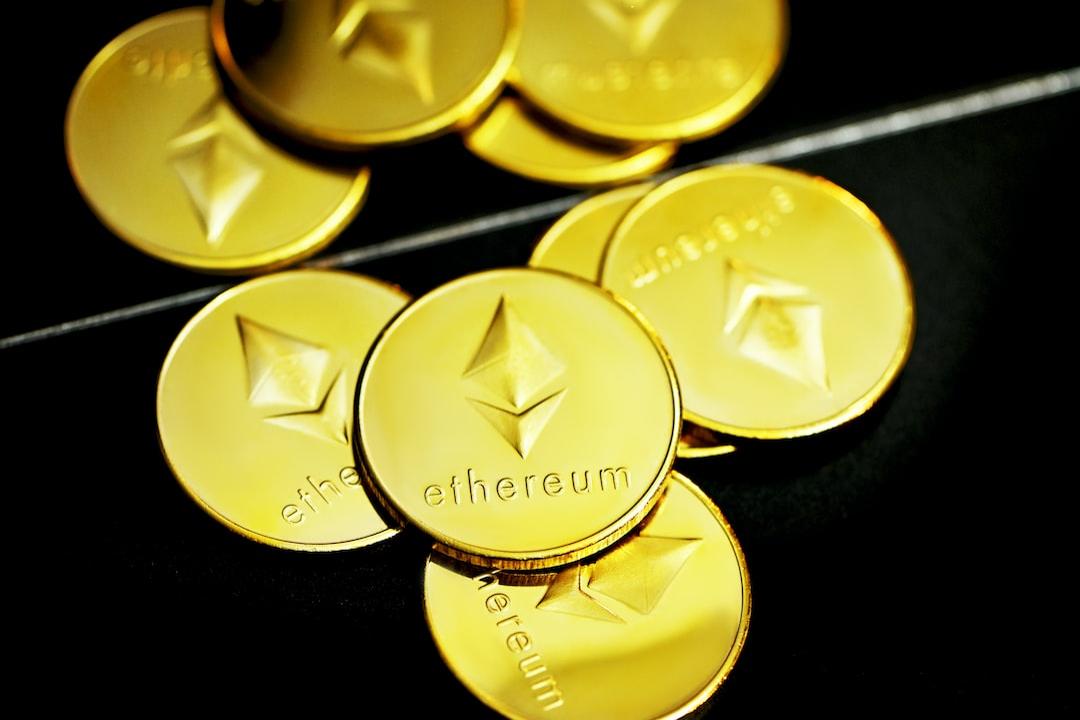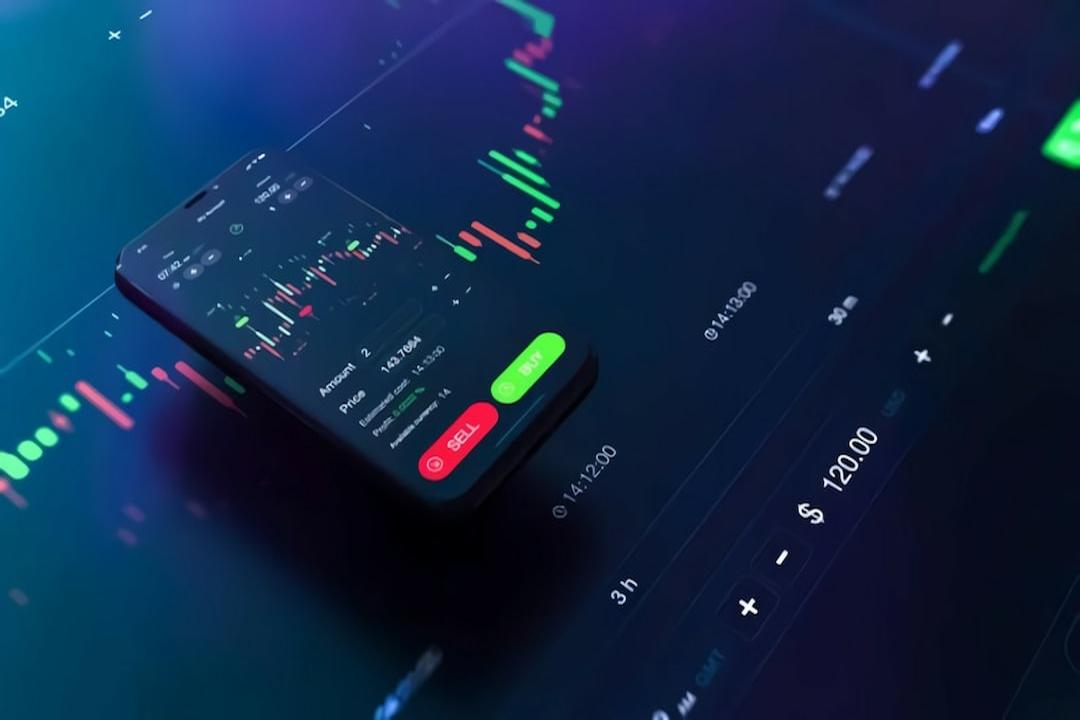Vitalik’s Focus Remains on the Technological Development of Ethereum
(Background: V God delivered a speech titled “Ethereum Takes Off”: 12 seconds to complete L1 L2 communication, choosing two out of three verification methods: OP, ZK, and TEE)
(Context: Ethereum falls back to five years ago! “ETH/BTC” breaks below 0.02, hitting a new low since 2020, and community FUD has not ceased)
On the morning of April 8, Ethereum founder Vitalik made a return to Hong Kong after a year and attended the Web3 Scholars Summit. As always, V God’s speech attracted a full house, with applause echoing throughout the venue.
At the same time, market data indicated that Ethereum’s latest price had reached $1,450, a decline of over 60% from its peak of $4,000, and on April 7, it broke the $1,500 mark, falling more than 15% in a single day.
In light of such market conditions for Ethereum, what are V God’s views as a community leader? Unfortunately, V God does not comment on this. His focus remains on the technological development of Ethereum.

The key points of this speech: Vitalik reiterated Ethereum’s long-term goals, including achieving 12-second native asynchronous communication between L2 and L1; users can still perform various operations through intent modes (such as achieving latencies below 12 seconds or better costs), but liquidity costs will become extremely low; significantly enhancing the coupling between L2 and L1, promoting more applications to deploy components simultaneously on L2 and L1. Vitalik Buterin also stated that accelerating L2 confirmation times and building a more integrated and unified Ethereum system requires the following steps: ZK+TEE+ OP “choose two out of three” design, L1 asynchronous load, proof aggregation, and reducing proof delays.
Unlike previous periods where Ethereum dominated, this cycle has seen differing views from various institutions regarding Ethereum.
In a report released by Standard Chartered Bank in March 2025, the target price for Ethereum was dramatically lowered from $8,500 to $2,500, a decrease of up to 70%. The report pointed out three core risks: tightening global regulatory policies, obstacles to the development of the Layer 2 ecosystem, and large-scale withdrawals by institutional investors, with a particular warning about the U.S. SEC potentially classifying ETH as a security regulatory bomb. Data shows that the top 100 Ethereum addresses hold 39% of ETH, indicating a far lower degree of decentralization than Bitcoin (14%), and it faces replacement risks from other public chains such as Solana and Cardano. Morgan Stanley predicts that the ETH/BTC exchange rate will fall to 0.015 by 2027, marking a new low since 2017.
However, Grayscale still lists ETH as a core asset in its cryptocurrency asset list for the first quarter of 2025, believing that its technological foundation and ecosystem are irreplaceable. Galaxy Digital emphasizes that staking economics (annualized 4% yield) and Layer 2 integration (70% of on-chain activities have migrated to L2) will enhance ETH’s long-term value and predicts that the price of ETH may exceed $5,500 by 2025. Additionally, new scenarios such as tokenized assets (e.g., 70% of U.S. government bonds issued on Ethereum) and AI agents (e.g., Virtual Protocol on Base chain) may become new engines for growth.
The “ZK+TEE+OP choose two out of three” technical roadmap proposed by V God aims to achieve deep coupling between L2 and L1 through a combination of zero-knowledge proofs, trusted execution environments, and optimistic rollups.
If key upgrades such as asynchronous loading and proof aggregation can be completed by 2025, Ethereum is expected to regain its performance advantage.
Further Reading: Ethereum Falls Back to Five Years Ago!
Galaxy Digital predicts that the Pectra upgrade plan will be activated in April-May 2025, enhancing network efficiency by optimizing the proof-of-stake mechanism and expanding data availability of the kit. Moreover, collaborations with traditional financial institutions (such as Standard Chartered issuing tokenized bonds on Ethereum) and the implementation of AI agent technology could inject new momentum into Ethereum.
The current market divide regarding Ethereum fundamentally reflects a trust game over its technological iteration speed and ecosystem integration capability. Under V God’s “not watching prices” technological ideology, whether Ethereum can achieve a transformation from a “congested chain” to a “modular network” by 2025 will determine its ability to maintain a leading position in the Web3 era. Institutional investors need to closely monitor technological upgrade progress, regulatory policy changes, and competitive dynamics of emerging public chains, seeking a balance in a market filled with both risks and opportunities.


